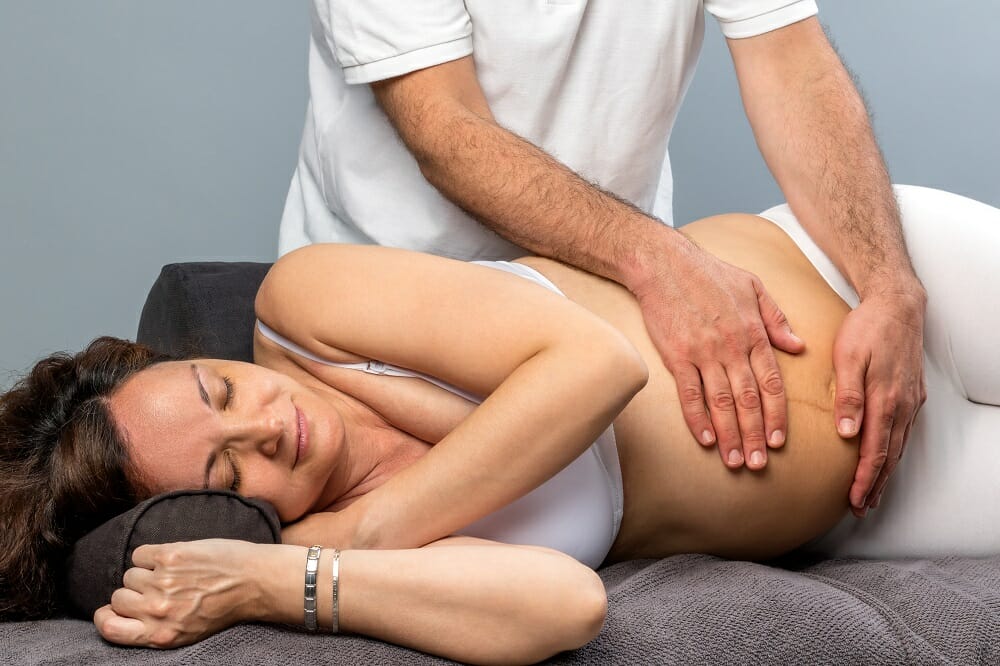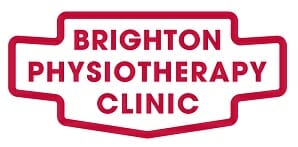Osteopathy for Pregnant Women in Brighton
What is Osteopathy?
Osteopathy is a form of alternative treatment that involves myofascial release and manual readjustments through massage and the manipulation of bones, muscles, and joints. It provides relief from pain, and improves bodily functions.
Although the structures and functions of the body are independent, they are also interrelated. Osteopathy aims to normalise restricted structures to ensure that the body functions as efficiently as possible.
During Pregnancy
Various changes occur in the body during pregnancy, such as postural changes, increase in weight, and the hormonal softening of ligaments. These changes are meant to accommodate the growing foetus. However, they also brings with them some level of discomfort and pain due to the pressure on the muscles, bones, and joints.
In the first trimester of pregnancy, the pelvis begins to tilt forward so as to make more room for the uterus. This can cause tightness in the thoracic cavity and lower back pain. In the second trimester, there’s increased thoracic and neck curvature due to the enlargement of the breasts. This also puts pressure on the shoulders to move forward. The third trimester is usually the most difficult for the pregnant mother. There’s increased curvature of the lumbar vertebrae, which places more pressure on the lower spine and the pelvis.

In Preparation for Labour
An osteopath will examine the spine and pelvis of the mother. For safe delivery, the muscles and pelvic bones must be properly aligned and balanced to provide the optimal conditions for the positioning, descent, and passage of the baby through the birth canal.
Recovery after Pregnancy
Although the process of delivering a baby is totally natural, it can take time for the mother to recover from the postural strains of pregnancy, labour, and finally having to care for the new born baby. Depending on the condition of the mother during labour, there might be a wide range of issues after delivery. Without proper osteopathic care to resolve the effects of pregnancy and labour stress, the new mum might experience on-going back problems, menstrual difficulties, and problems with bowel movement.
After labour, an osteopath will examine the pelvis and supporting tissues to see if there’s proper alignment. Any strains to the lower back and pelvis that may have occurred during labour will be treated. Normal pelvic alignment and mobility will help alleviate any discomfort or pain the mother may be feeling.
After delivery, there’s still continued stress as the mother breastfeeds her baby, bends over the cot, carries her baby around (especially on one side of the hips), and lifts car capsules and prams. With proper postnatal osteopathic care, aches and pains associated with the stress the mother has to undergo while her body recovers from labour can be taken care of.
